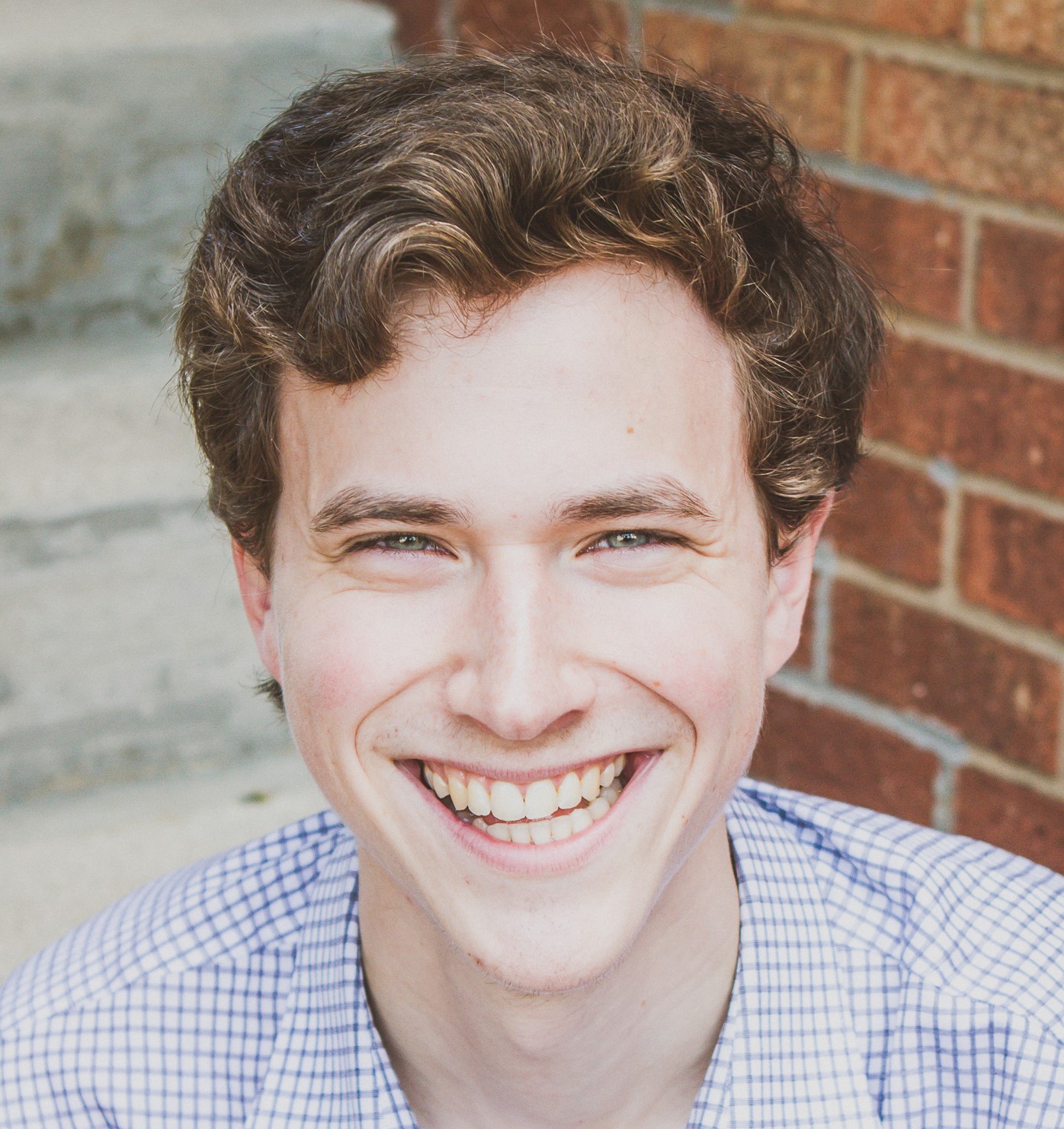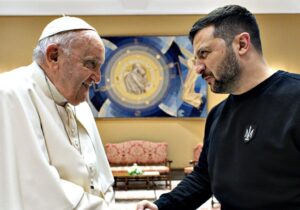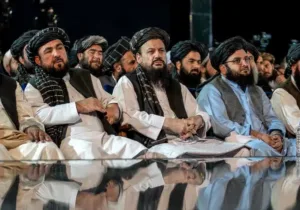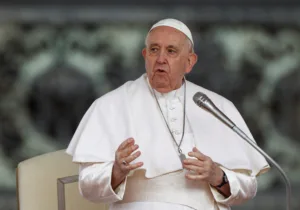Building Peace in the Crossfire
Corrymeela became a safe haven for both Catholic and Protestant youth who were angry and hurting. In the face of a society tearing itself apart, they embraced a radical philosophy of peace-building. To this day, they maintain a dogged commitment and welcome all who are willing to come and engage with them no matter what side they are on.
The members of the community are no strangers to tragedy. A playground on the campus was named in honor of a Protestant colleague who was assassinated by other Protestant partisans for associating with Roman Catholics. Roman Catholic members remember growing up neighbors with famous hunger striker Bobby Sands and remember when the Roman Catholic church in the nearby village of Ballycastle was bombed by Protestant paramilitaries.
The community does not condemn any identity group, holding the philosophy that everyone acts with “cultural commonsense” that leads them to make rational decisions for their context, even when violent. There is no time given to creating hierarchies of victimhood. What they do ask is that those who come to their community seeking peace and reconciliation begin by admitting the violent acts committed by the people of their own identity group, especially in the Protestant-Roman Catholic conflict.
The goal at Corrymeela is reconciliation, not justice. Because in a conflict of identities, justice is defined profoundly different by each side. Their candid perspective of history is that no one can unwind every evil of the past, so each person can only decide how he will live with others in the present. Peace for them means releasing something the parties believe is indispensable for justice. They use the term “sacred” to refer to something that is seen as a matter of justice for a certain identity group. The word is well chosen. To achieve peace, both sides have to be willing to give up things they hold as sacred.
For any identity group fighting for its survival against another identity group, justice means victory in conflict, which to the adversary is injustice. The Corrymeela community is not engaging in some postmodern exercise of suggesting all sides in any given conflict have equal claims to justice, but instead rejecting the delusional idea that any party in a conflict is without sin as well as the utopian goal of ultimate justice in this present age.
This does not mean they are not concerned with finding ways to right situations of injustice. But they see this as only truly possible if the victor avoids becoming the new oppressor—pursuing peace through the total defeat of the opposing side.
There is something profoundly gospel centered in this approach to peace building in conflicts of identity. It rejects a humanistic idealism about what is possible in this fallen world, while showing a radical belief in the dignity of all parties to the conflict, and their potential for reconciliation through sacrifice.
These principles of peace building were developed by members of the Corrymeela community, and have been published in a set of textbooks titled Nurturing Hope.
The Corrymeela Ethic in a Brave New World
In 2022, new challenges are rising for the Corrymeela community’s commitment to radical acceptance, as the community discusses amending their original members statement of commitments to remove Christian references. This would allow people of other faiths or no faith to become members of the community. A prayer at meals has already been replaced by a more “ecumenical” moment of silence to give thanks.
Their original ecumenical statement of commitment to each other was radical at the time, stating “we: affirm our faith in the reconciling power of God in Jesus Christ;” and “confess our own responsibility for the destructive conflicts in our society.” It includes a commitment to pray and worship together and to provide funding from their personal income to support the work.
Corrymeela has always bucked the traditional religious establishments of the Roman Catholic Church and Protestant denominations, and been quick to point out how those religious communities have hurt many in Northern Ireland. Even so, many members are active participants in different Christian traditions.
This attempt to create a safe space from the harm done by organized Christian institutions also presents Corrymeela members with an identity crisis of their own. To some extent, they realize they are creating distance from their own identity as a Christian community by distancing themselves from the predominant religious traditions they have come out of, and so run the risk of losing their own identity.
In a very real way, this question is the tension at the heart of Corrymeela: can a community radically committed to allowing space for all identities maintain its own distinct identity?
The Corrymeela model raises challenging questions when this model is applied theoretically to the American context. Certainly the comparison is far from exact, but the Northern Ireland example is instructive. Realizing that neither side of the political spectrum in the nation is about to vanish, some forms of compromise will have to be reached, whether at a federal, state, or local level. These compromises will no doubt demand that both sides sacrifice things they hold as sacred to achieving a just outcome. But to make a compromise of this nature, each side must believe that the goal of peace is a greater good than their own demands.
An anecdote I heard from a man who assisted in the disarming of the IRA tells of how as they turned in their guns, a veteran IRA fighter said that they were doing so because they didn’t want their children to spend their lives fighting like they had. In the United States, the threat of open violent conflict remains remote, and the desire to make peace has little practical utility. As long as we have mechanism for orderly political change we should use them to advance what is good, true, and beautiful, but as tensions continue to rise, the lessons of Corrymeela may become a guide for Christians working to build a better peace.
(Part one of this essay can be found here).







 Sponsor a student for Christianity & National Security 2024
Sponsor a student for Christianity & National Security 2024